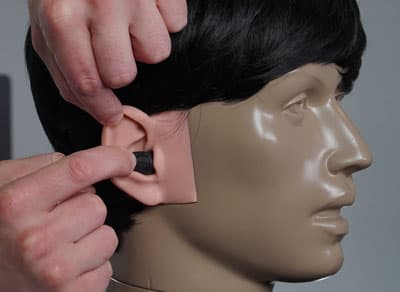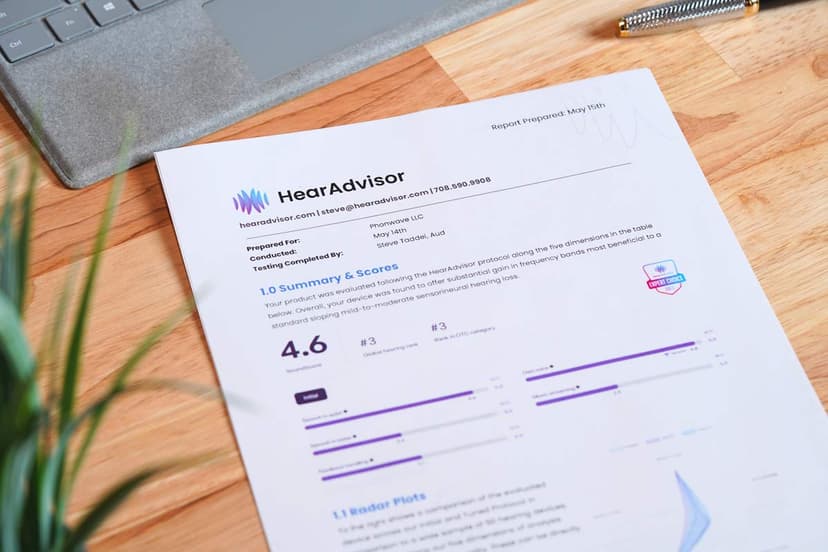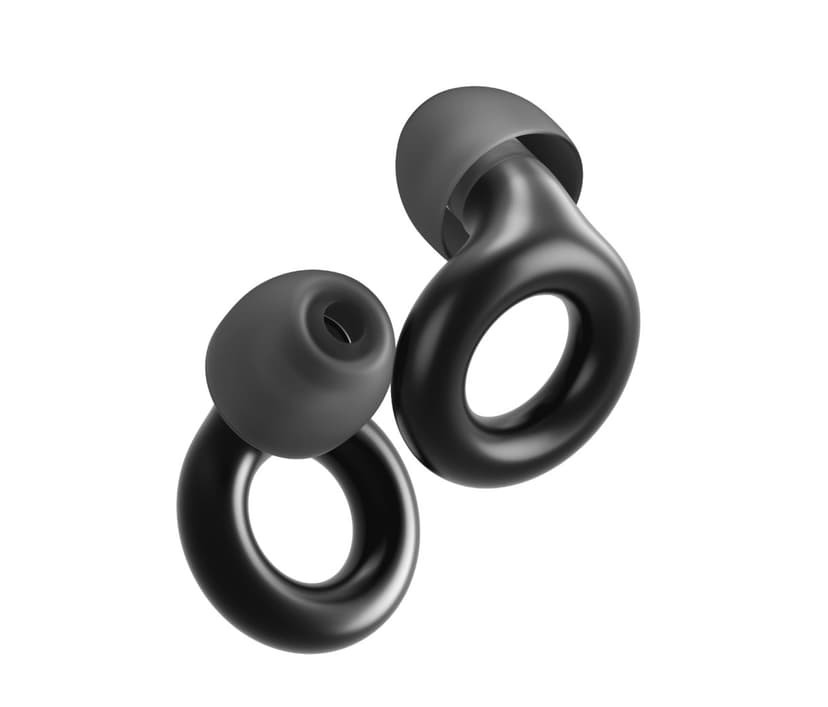Scientific Earplug Evaluations
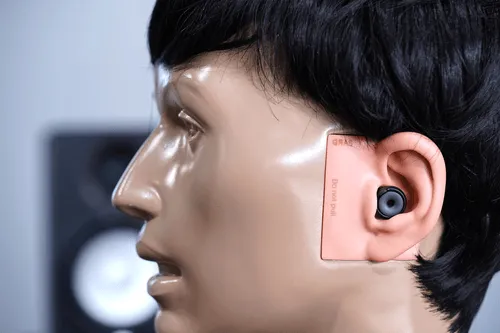
Musician's earplugs are designed to protect your hearing and preserve music sound quality.
Today, we have earplugs for noise reduction, sleep aid, hunting, music enjoyment, and more. However, not all earplugs offer equal performance, and manufacturer specifications often depict ideal conditions rather than real-world scenarios. Given the permanent nature of music-induced hearing disorders, our goal is to guide you towards earplugs that provide both excellent sound fidelity and robust hearing protection.
HearAdvisor employs an advanced methodology involving an 8-speaker array and realistic binaural recordings to objectively evaluate earplugs. Using perceptual models, we assess both music quality and sound attenuation to identify the best musician's earplugs currently available. For detailed insights into our scientific approach, we invite you to explore our whitepaper.
Earplug Fitting & Recordings
We evaluate earplugs with an industry-standard acoustic manikin (Kemar). Custom matlab programs are used to monitor Kemar's ears and ensure a realistic representation of each earplug's sound reduction capabilities. After achieving an accurate and binaurally balanced fit, we present uncorrelated pink noise from our 8-speaker array at near-concert levels and record what Kemar hears. This process is repeated five times with earplugs removed, rotated, and reinserted to account for fit variations. Our testing takes place in a custom-built acoustically treated lab that is both sufficiently quiet and free from unwanted sound reflections.
Analysis
Our metrics are computed by processing the Kemar recordings through models that simulate human perception of sound quality and loudness. These metrics are presented on a convenient 5-point scale and aggregated into a single grade, the SoundGrade, using a survey-weighted combination of values. Devices that achieve a SoundGrade of A are awarded our prestigious HearAdvisor ExpertChoice Award.
Sound Files
Additionally, we create binaural Kemar music recording using five common genres (e.g., country rock) at near-concert levels. This simulates you listening to loud music in a typical two-speaker stereo setup without anything in your ears. We then develop acoustic filters based on the median response of each earplug's measurements, and apply them to the original Kemar music recordings. This recreates how the earplugs sound in Kemar's ears, and by proxy, your ears. Finally, all audio files are diffuse-field equalized resulting in realistic binaural recordings that immerse you in Kemar's music listening experience. By comparing these sound files, you can better understand the sound reduction each earplug offers and how well they preserve music quality in realistic, concert-like settings.
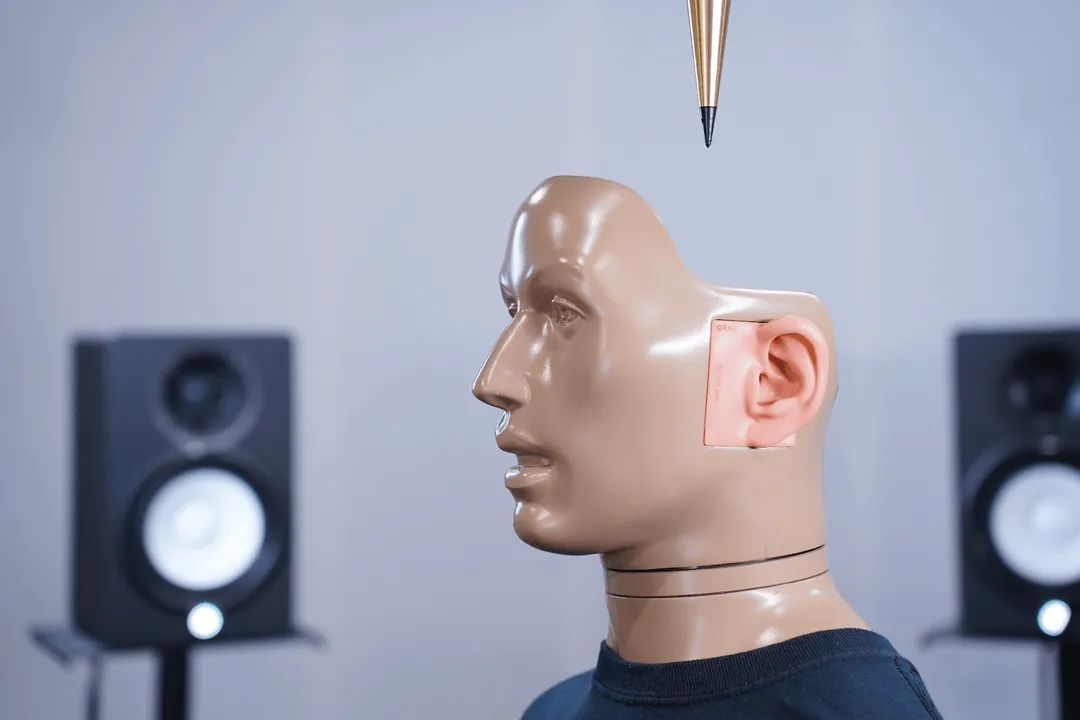
Frequently Asked Questions
Learn more about musician's earplugs, hearing protection, and our testing methodology.
Deliver a better product with HearAdvisor.
Our private, independent hearing aid evaluation lab goes beyond the test box and uses ambisonic recordings presented through an 8-speaker array in a near-anechoic acoustic environment. Our evaluation will identify weak points in your hearing devices and help you understand—privately—how your hearing aids stack up to the latest competition. We'll also provide a list of action items to improve your performance scores, and we'll remeasure your devices after you've addressed any issues, to help make your product more effective, and more competitive.


Choice
Recognizing the best earplugs in 2025.
HearAdvisor has tested dozens of modern hearing aids to find the best performers for mild-to-moderate hearing loss. Check out our SoundGrade Leaderboard to compare performance scores and audio recordings for all the devices HearAdvisor has evaluated.
